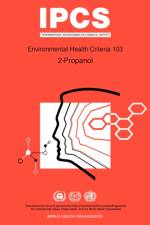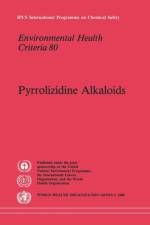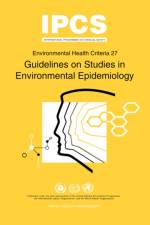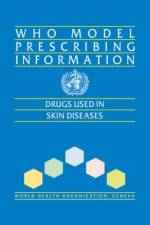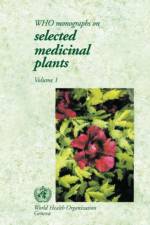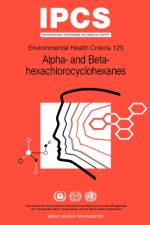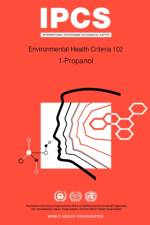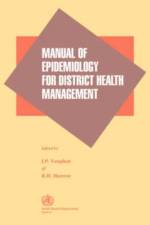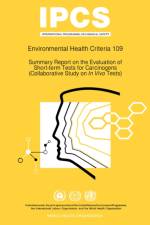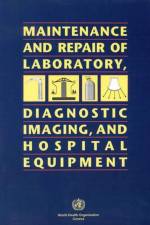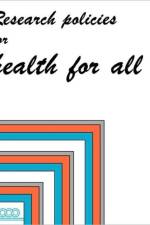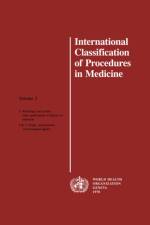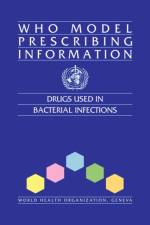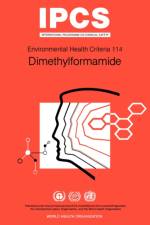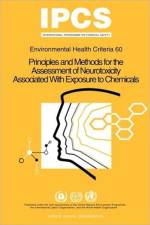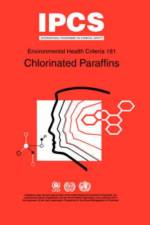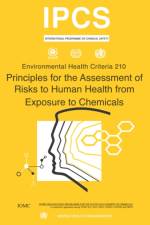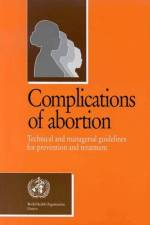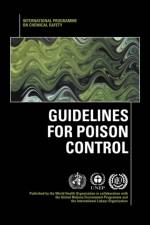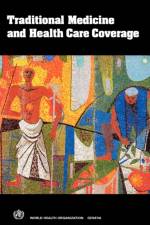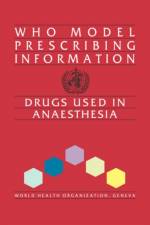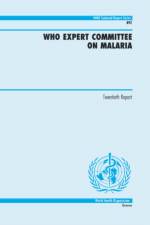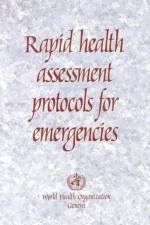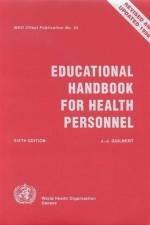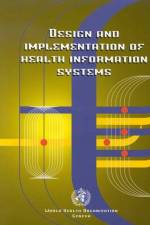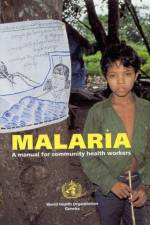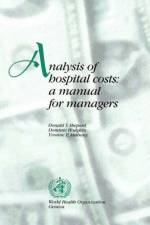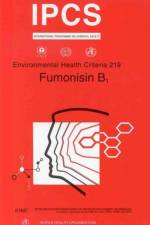- Drugs Used in Skin Diseases
av World Health Organization(WHO)
369
Provides model prescribing information for essential drugs used in the treatment of skin diseases. Emphasis is placed on skin diseases commonly found in developing countries, since rural communities in these areas continue to experience considerable disability, disfigurement, and distress caused by curable or controllable diseases. Some rare but life-threatening disorders, such as pemphigus, are also briefly discussed. The aim is to provide reliable guidelines for treating these diseases - safely, effectively, and at the lowest possible cost - in the community and knowing when patients must be referred for highly specialized care. Though emphasis is placed on management using drugs in the WHO Model List of Essential Drugs, the book also discusses prevention through improvements in hygiene, nutrition, housing, sanitation, and other environmental factors. The book has two parts. The first briefly profiles common skin diseases, moving from parasitic infections, through fungal, bacterial, and viral infections, to papulosquamous diseases, pigmentary disorders, and malignant melanoma. Conditions common in children, acne vulgaris, cutaneous reactions to drugs, and urticaria are also covered. Each disease or group of diseases is introduced with facts about its prevalence, manifestations, and causes, followed by advice on prevention and management, including recommended drugs and dosage schedules. The second part presents model prescribing information for essential drugs used in the treatment of skin diseases. Each drug is described according to a common format which covers clinical indications, dosage and administration, contraindications and precautions, use in pregnancy, adverse effects, drug interactions, and proper storage.

